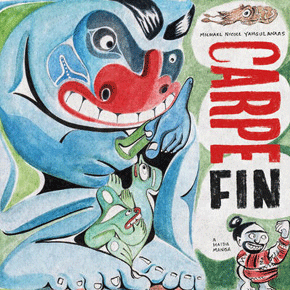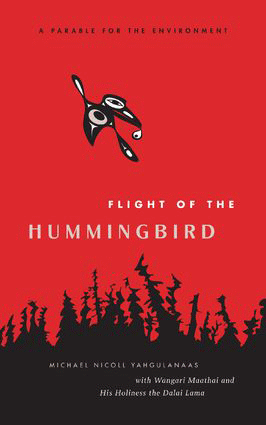Growing up in a small village of Haida Gwaii in Masset, the work of Micheal Nicoll Yahgulanaas has always went beyond the conventional conceptions of art that we are used to seeing.
Most known for what he calls ‘Haida Manga’, much of his artwork unites the North Pacific Indigenous iconography with Asian influences like manga and Chinese brush techniques.
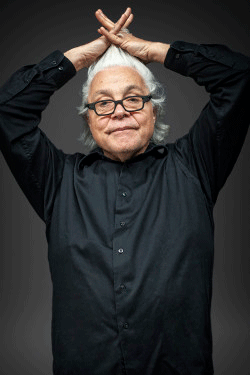
However, he didn't begin to integrate Haida and Asian creative inspirations into his self-taught craft until the late 1990s. It was only after being exposed to Chinese brush methods under the guidance of Cantonese master Cai Ben Kwon, he invented the art form which is today known as ‘Haida Manga’.
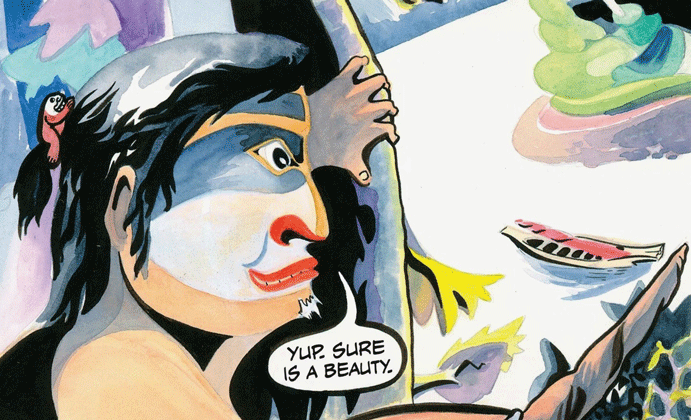
Prior to starting his artistic career, Yahgualanas had a decades-long career advocating the Haida Nation's successful effort to preserve the nation's biocultural diversity. He served on several committees, mediating jurisdictional conflicts between the Haida and various levels of government and acted as a chief councillor for the Haida for a while.
"I was working with other people in the community on issues related to the land, social justice, offshore oil and gas transport - these sorts of things," he says in an interview with Straight.
Thus, multiculturalism, social and environmental issues are often woven in his work, playing an important role in continuously reflecting the United Nations’ Sustainable Development Goals (SDGs) on Life on Land and Reduced Inequalities.
Yahgulanaas’ work is not only limited to illustrated books, multimedia sculptures, canvases, large-scale public art installations, recycled vehicle parts, acrylics, watercolours and ink drawing can also be found in the art he produces.
One of his abstract sculptures, “Sei,” which is named after the sei whale, the second-largest baleen whale species found in British Columbia waters, currently rises from the ground near Vancouver airport, on the traditional territory of the Musqueam First Nation.
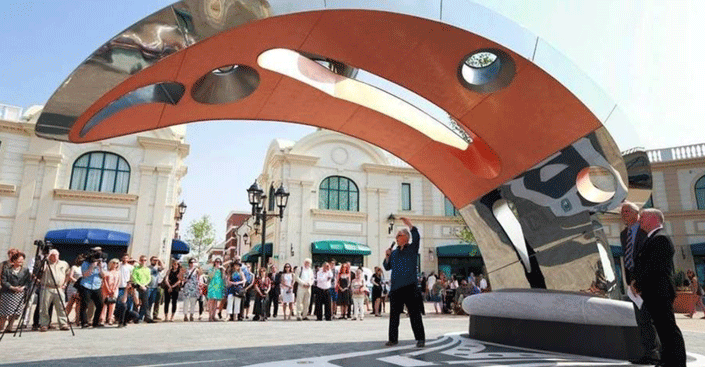
The installation took 18 months for Yahgulanass to complete and weighs approximately 3800 kilograms with reflective surfaces made from copper and stainless steel.
Likewise, one of his pieces, 'Coppers from the Hood,' made from a car hood embellished with copper leaf, alludes to the coppers that used to be a traditional sign of wealth among the Haida. It also reflects the definition of value that is soaked in materialistic objects like cars and other consumer goods in today’s world. This piece, one among a series of 15 constructed from vehicle hoods, features artwork done in Yahgulanaas' signature Haida manga style.
A piece from the series was acquired by The Metropolitan Museum of Art in New York, making it the first live Canadian Indigenous artist's work to be displayed at the Met museum in 2017.
To Yahgulanaas, art is a verb, and along with being a medium to be creative, it provides a powerful method to learn and engage with social issues. To see more of his work on the environment, you can read some of his Canadian national bestsellers such as RED: a Haida Manga, Carpe Fin and Flight of the Hummingbird.
